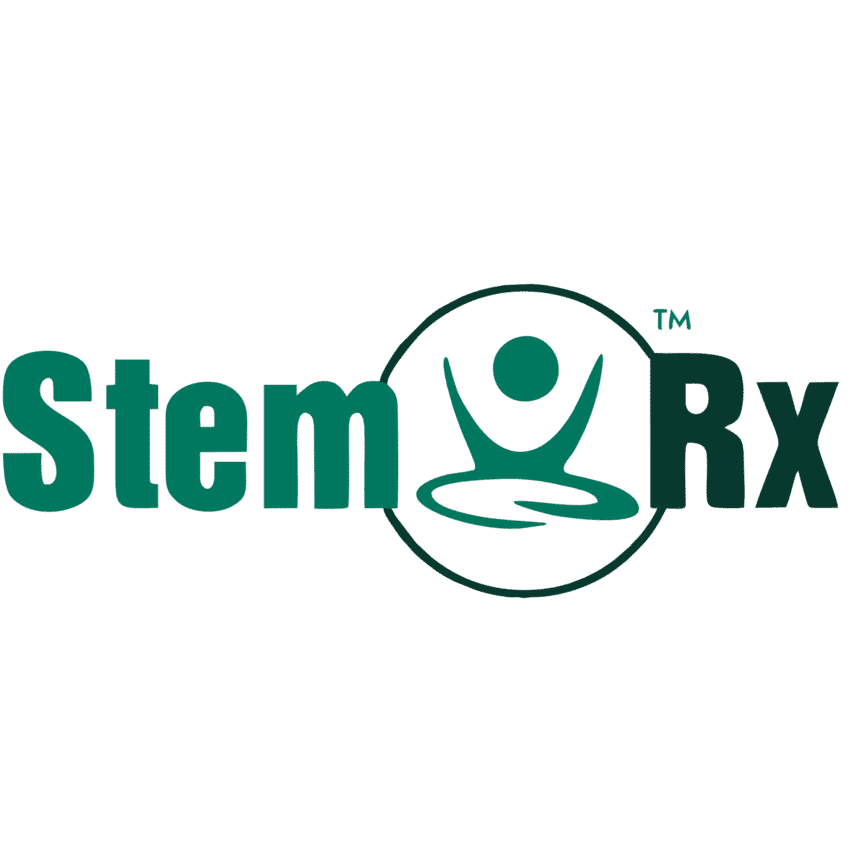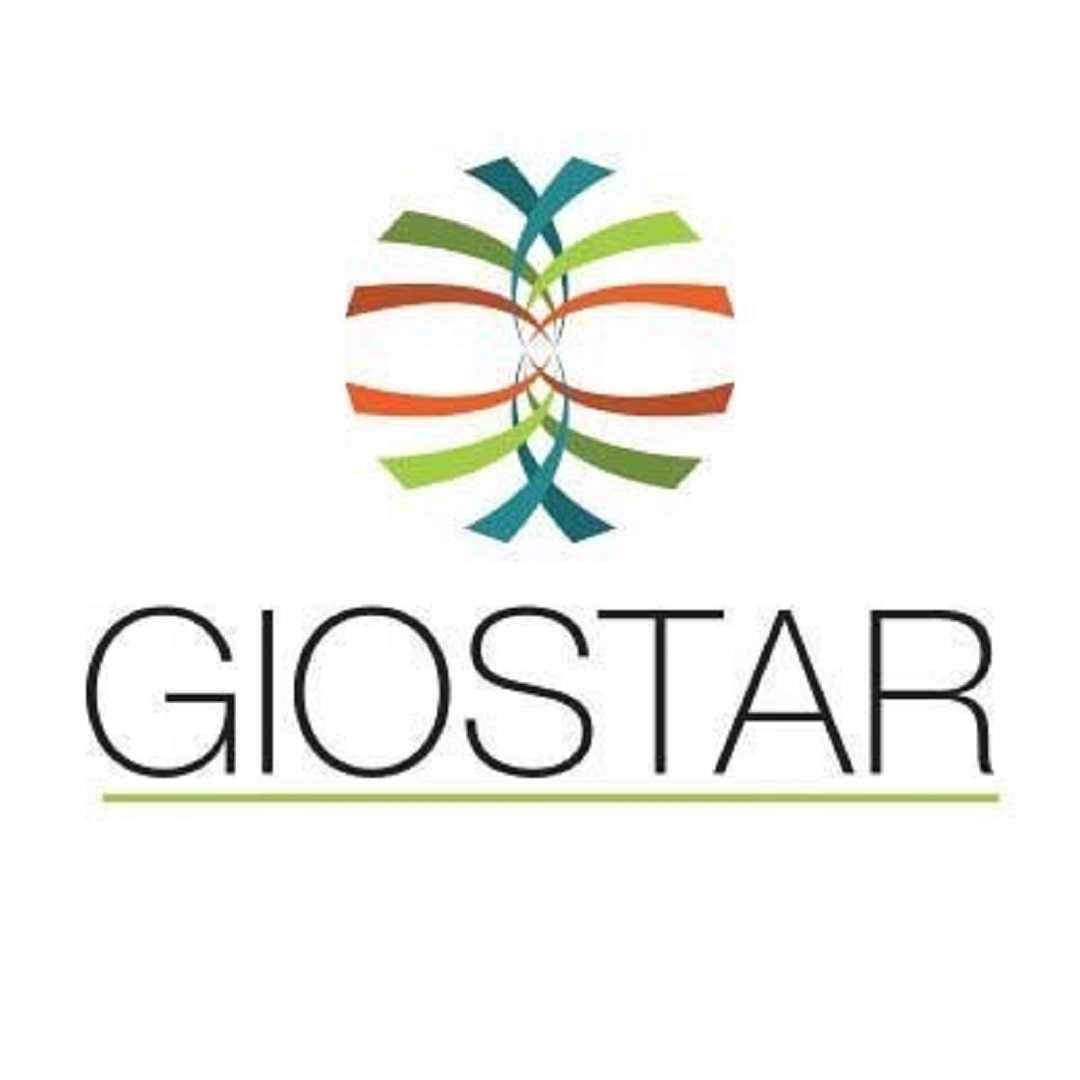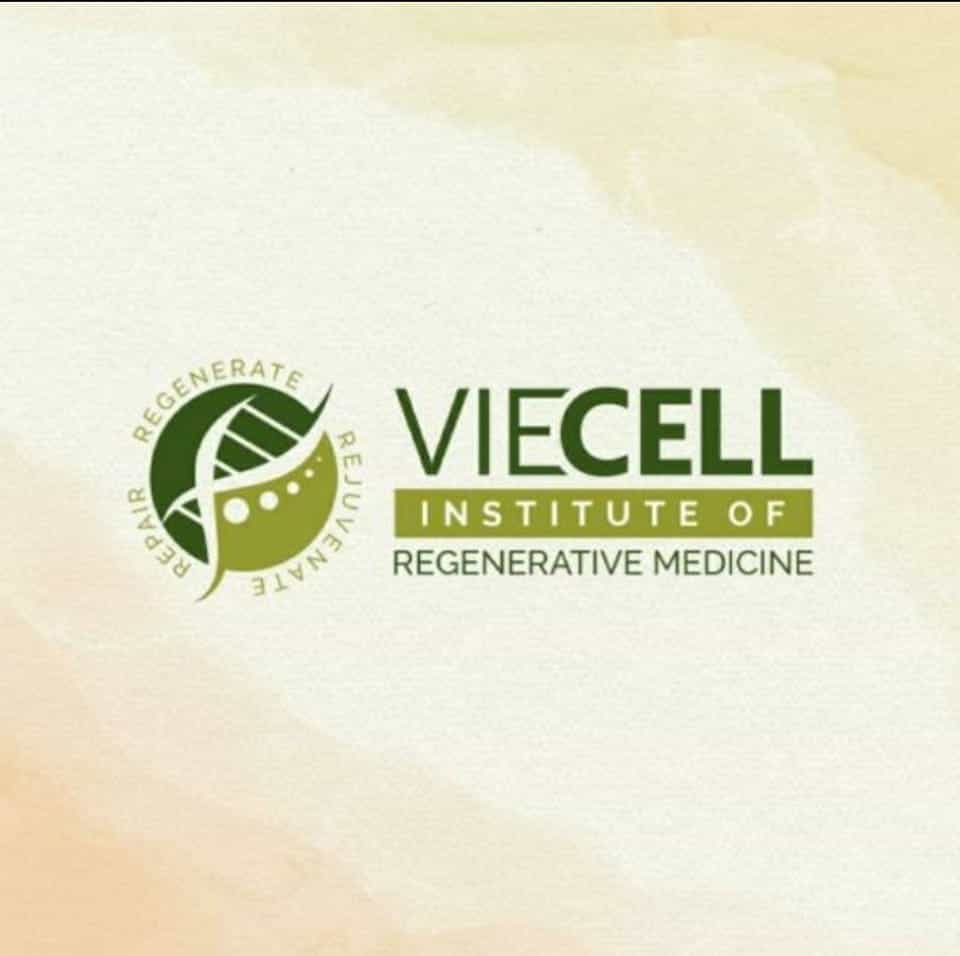India’s Advancements in Stem Cell Treatment for Liver Failure
.png)
Liver disease is a silent crisis affecting millions worldwide, and for many, the diagnosis comes with a terrifying prognosis: a liver transplant is the only option. However, waiting lists are long, donor organs are scarce, and the costs can be astronomical. This reality has driven many patients to look for alternative solutions, leading to a surge in interest surrounding stem cell therapy for liver disease in India.
India has emerged as a global hub for medical tourism, not just for its affordability but for its rapid adoption of regenerative medicine. But does it really work? Can stem cells actually reverse the scarring of cirrhosis or help a failing liver recover? The short answer is that while it is not a "magic wand" that grows a new organ overnight, it has shown remarkable potential in stabilizing disease and improving quality of life.
In this guide, we will answer every critical question you might have. We will explore how Indian hospitals are using mesenchymal stem cells to treat liver failure, break down the costs compared to Western countries, and candidly discuss the success rates and risks. If you are seeking hope beyond a transplant list, this comprehensive look at the Indian medical landscape is for you.
What is stem cell therapy for liver disease?
Stem cell therapy is a form of regenerative medicine designed to repair the body using its own raw materials. In the context of liver disease, it involves harvesting stem cells—either from the patient's own body (autologous) or from a donor source like the umbilical cord (allogeneic)—and introducing them into the liver.
Unlike a liver transplant, which replaces the entire organ, this therapy aims to heal the existing organ. The stem cells are processed in a lab to ensure they are healthy and concentrated before being administered. This minimally invasive approach is particularly appealing for patients who are either too weak for major transplant surgery or are waiting for a matching donor.
How does stem cell therapy work to repair the liver?
The mechanism of action is fascinating. Once injected, stem cells home in on the area of injury. While early theories suggested these cells simply turned into new liver cells (hepatocytes), modern research indicates they work primarily as "managers" of the healing process.
They release potent anti-inflammatory signals and growth factors. This biological cocktail does three main things:
- Anti-fibrotic effect: It breaks down the scar tissue that causes cirrhosis.
- Angiogenesis: It promotes the formation of new blood vessels, improving oxygen supply to the liver.
- Immunomodulation: It stops the immune system from attacking the liver, which is crucial in autoimmune hepatitis.
Which liver conditions can be treated with stem cells in India?
Indian clinics treat a wide spectrum of hepatic disorders. The most common candidates are those with Liver Cirrhosis. Whether caused by chronic alcohol use or viral infections, cirrhosis involves the hardening of the liver. Stem cells help soften this tissue.
Additionally, patients with Non-Alcoholic Steatohepatitis (NASH)—an advanced form of fatty liver disease—have seen improvements. It is also used as a supportive therapy for acute liver failure to buy time for the liver to regenerate on its own. However, it is generally not recommended for active liver cancer (HCC), as the growth factors could theoretically stimulate tumor growth.
How much does stem cell therapy for liver disease cost in India?
Cost is a major factor driving international patients to India. A full liver transplant in the US can cost over $500,000. Even simple stem cell protocols in the West are prohibitively expensive. In India, you get world-class medical care at significantly lower rates due to lower operational costs and competitive pricing.
| Treatment Option | Cost in India (USD) | Cost in USA/UK (USD) | Estimated Savings |
|---|---|---|---|
| Stem Cell Therapy (Single Cycle) | $5,000 - $8,000 | $25,000 - $50,000 | ~80% |
| Extensive Protocol (Multiple Injections) | $10,000 - $12,000 | $60,000+ | ~80% |
| Liver Transplant (Comparison) | $35,000 - $50,000 | $300,000 - $500,000 | ~90% |
Note: Prices often include hospital stay and basic testing but exclude travel and accommodation.
What is the success rate of this treatment?
Success in liver therapy is measured by improvements in the MELD score (Model for End-Stage Liver Disease), reduction in ascites (fluid buildup), and normalization of bilirubin and albumin levels. Patients often report increased energy and appetite within weeks.
While it is rarely a "cure" that returns a cirrhotic liver to 100% normal, it frequently stabilizes the condition. For many patients, "success" means halting the progression of the disease and avoiding a transplant for several years. The best results are seen in patients who are not yet in the final terminal stages of organ failure.
Is stem cell therapy for liver disease legal in India?
The regulatory landscape in India is overseen by the Indian Council of Medical Research (ICMR) and the DCGI. Currently, stem cell therapy for liver disease is not "standard of care" like a pill you buy at a pharmacy. It is categorized as experimental or investigational.
This means reputable hospitals offer it primarily through clinical trials or special medical protocols. It is crucial to seek treatment from licensed hospitals that adhere to these ethical guidelines, rather than unlicensed clinics making unverified claims. Always check if the hospital has an Institutional Committee for Stem Cell Research (IC-SCR) registration.
What is the procedure like for the patient?
The treatment usually follows a three-step process:
- Harvesting: If using autologous cells, doctors extract bone marrow from the hip bone under local anesthesia. This takes about 30 minutes.
- Processing: The marrow is processed in a specialized lab to isolate the Mesenchymal Stem Cells (MSCs).
- Implantation: The cells are injected directly into the liver. This is often done via the hepatic artery using a catheter (similar to an angiogram) to ensure the cells reach the liver tissue directly.
Are there any risks or side effects?
Because the treatment is minimally invasive, the surgical risks are far lower than a transplant. The most common side effects are minor: bruising at the injection site, mild fever, or nausea for 24 hours. Serious complications like infection or bleeding are rare when performed in sterile, accredited hospitals.
One theoretical risk often discussed is the formation of unwanted tissue, but with adult mesenchymal stem cells, this risk has been shown to be negligible in clinical studies compared to embryonic stem cells.
Can stem cells replace a liver transplant?
It is important to manage expectations. If a liver is completely shriveled and non-functional (decompensated cirrhosis), stem cells might not be enough to save it. However, they can improve liver function enough to keep a patient alive and relatively healthy while they wait for a donor.
For patients with mild to moderate disease, stem cell therapy may halt the progression enough that a transplant is never needed. It is best viewed as a complementary therapy that fills the gap between medication and major surgery.
Why is India a preferred destination for this treatment?
India offers a unique value proposition. You are not sacrificing quality for cost. Leading hospitals in cities like New Delhi, Mumbai, Bangalore, and Chennai are JCI-accredited (Joint Commission International), meeting the same safety standards as US hospitals.
Furthermore, Indian doctors treat a high volume of liver cases, giving them immense experience. The hospitality, ease of medical visas, and the widespread use of English make the logistics of travel seamless for international patients.
What is the recovery time?
Unlike the months of recovery required for a transplant, stem cell patients recover quickly. You might stay in the hospital for observation for a couple of days. Once home, you can return to desk work almost immediately.
However, the internal healing takes time. The stem cells remain active for weeks. Patients typically start noticing a reduction in symptoms (like less fatigue or reduced fluid retention) after the first month, with peak results often seen around the 3 to 6-month mark.
Does insurance cover the cost?
Since the therapy is still classified as investigational in most parts of the world, insurance companies rarely approve claims for it. Patients traveling to India usually pay via cash, credit card, or wire transfer. The low cost relative to Western healthcare makes self-payment feasible for many families who would otherwise face financial ruin seeking treatment at home.
How do I start the process?
The first step is a digital consultation. You will need to send your recent blood work (Liver Function Tests), viral load reports (if hepatitis is present), and imaging scans (Fibroscan or Ultrasound) to the hospital. A specialist will review your case to determine if you are a good candidate. If accepted, they will provide a treatment plan and assist with the medical visa invitation letter.
Seeking Liver Treatment Options in India?
Connect with leading hepatologists and stem cell experts in India. Get a free consultation, compare hospital quotes, and find the right care for your liver health.


.png)





.jpg)








Share this listing